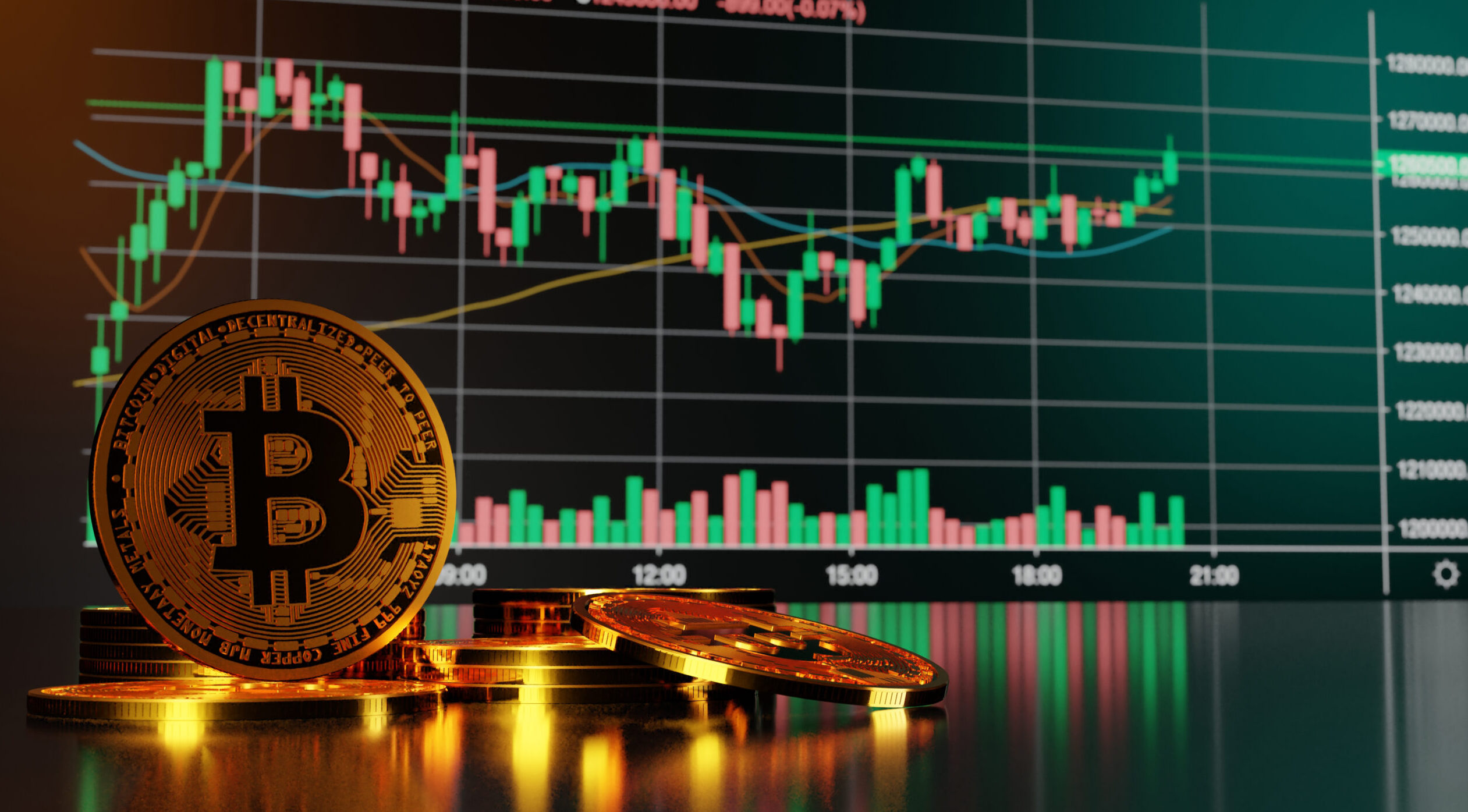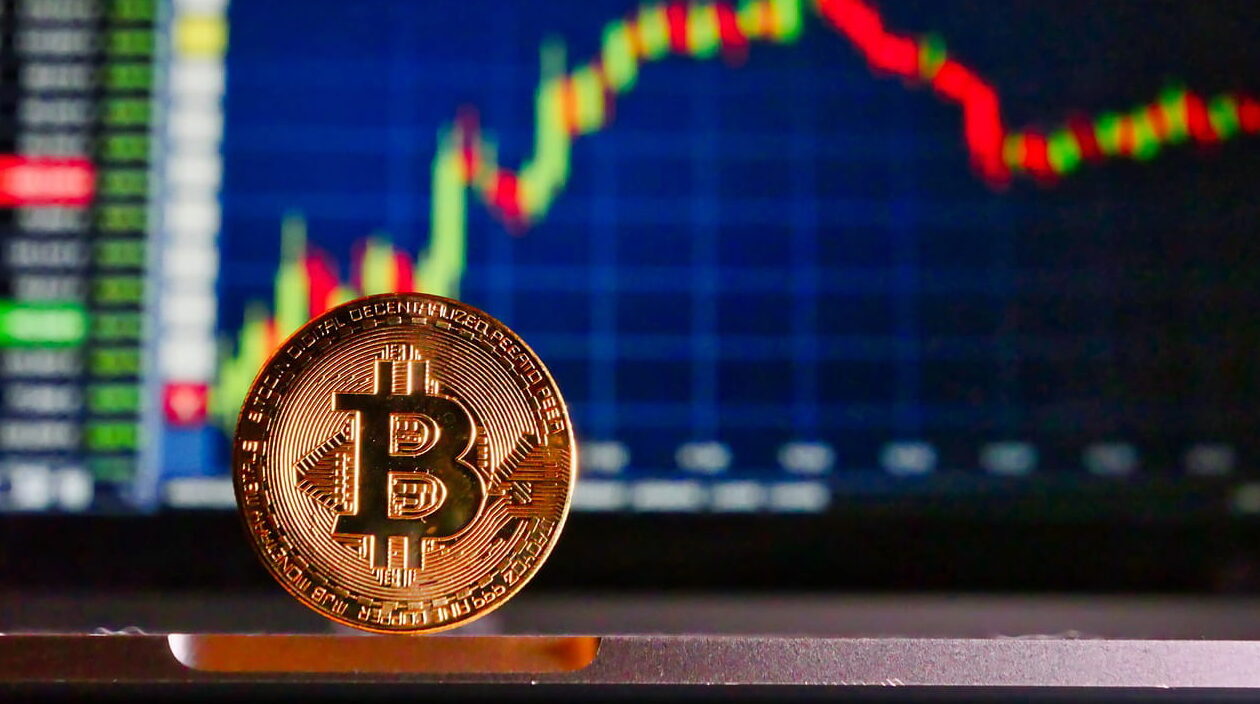Unlike past times, bitcoin trading in 2025 is more sophisticated, easily available, and erratic. Being the first distributed cryptocurrency in the world, Bitcoin is drawing both institutional and consumer investors. Trading Bitcoin involves actively buying and selling the cryptocurrency to profit from price volatility, as opposed to merely holding it for long-term appreciation. To examine market patterns and make wise decisions, traders apply several techniques, instruments, and platforms. Navigating this fast-changing digital asset scene requires an awareness of how Bitcoin trading operates, the techniques involved, and the risks involved.
Bitcoin Trading Market Evolution
Since Satoshi Nakamoto launched Bitcoin in 2009, the trading environment has developed noticeably. Originally peer-to-peer exchanges, it has evolved into a multi-billion-dollar worldwide sector driven by sophisticated trading systems, institutional involvement, and regulatory control. Many elements will affect Bitcoin markets in 2025: macroeconomic trends, blockchain acceptance, central bank policy, technological advancement, and geopolitical events.
The market extends beyond spot trading now. Common now are futures, options, leveraged trading, and algorithmic tactics, which present opportunities as well as hazards. Along with distributed systems like Uniswap and dYdX, centralized exchanges like Binance, Coinbase, and Kraken have opened access while also adding levels of complexity.
Bitcoin Trading Strategies 2025
Success in Bitcoin trading requires one to grasp and implement several techniques depending on market analysis and personal risk tolerance. Many traders predict price changes in 2025 by combining sentiment tracking techniques with technical analysis. They examine volume data, candlestick patterns, support and resistance zones, and indicators including the Relative Strength Index (RSI) and Bollinger Bands.

To reduce the effect of volatility, some investors in Bitcoin over time apply dollar-cost averaging. Others make brief trades motivated by technical breakouts or news developments. Seeking gains over multiple days or weeks, swing trading—which balances risk and return—remains rather popular. High-frequency and bot-assisted trading—which use artificial intelligence and machine learning for predictive analytics—are also on the increase.
AI in Bitcoin Trading
By 2025, artificial intelligence has changed the way Bitcoin trading is done. Operating in milliseconds, trading bots driven by machine learning algorithms may monitor several exchanges, read vast volumes of data, and execute transactions. Customizable bots available from tools such as Cryptohopper, 3Commas, and PionexGPT enable real-time market adaptation.
Platforms backed by artificial intelligence examine everything, including social media sentiment and blockchain transaction flows. They spot whale movements, track early trends, and find erratic trading patterns. For dedicated traders, automation is therefore not only a convenience but also a competitive need.
Bitcoin Trading Risk Management
The natural volatility of Bitcoin presents both opportunities and dangers. External events, including macroeconomic data, regulatory news, or network activity, might cause its price to swing by double-digit percentages in one day. Good risk management is therefore absolutely vital.
Important behaviors are stop-loss orders, position sizing, portfolio diversification, and keeping a disciplined trading schedule. To protect value during market declines, many traders also employ stablecoins like USDT or USDC as hedging tools. Additionally, part of a strong risk management plan is cold wallet asset holding and two-factor authentication.
Institutional Influence and Regulation
The flood of institutional money has been among the most important changes in Bitcoin trading during the past few years. Bitcoin investment solutions from companies including Fidelity Digital Assets, BlackRock, and Grayscale have raised liquidity and legitimacy.

Regulatory systems have started to firm up in the meantime. On monitoring functions, the Securities and Exchange Commission (SEC) and the Commodity Futures Trading Commission (CFTC) are progressively harmonizing in the United States. The MiCA rules for crypto-assets in Europe provide fresh compliance requirements for crypto service providers. Leading with progressive, innovative policies are nations like Singapore and Japan in Asia. This worldwide move toward more exact control is supposed to lower fraud and boost investor confidence.
Choosing Bitcoin Trading Platforms
Available tools, execution speed, and costs all depend much on the trading platform chosen. Centralized exchanges like Bitstamp, Kraken, and Binance provide strong infrastructure, fiat onramps, and a wide spectrum of cryptocurrencies. With tools like margin trading, futures markets, and staking, these sites serve both novice and seasoned traders.
Peer-to-peer trading free of middlemen is offered via decentralized exchanges (DEXs), including SushiSwap and Uniswap. Users who prioritize self-custody and transparency will find these platforms appealing. Additionally, hybrid platforms like EDX Markets combine high-quality services for institutions with decentralized storage options, showing the blend of DeFi and traditional finance.
Final thoughts
Globally, macroeconomic trends will affect Bitcoin trading in 2025 more than they ever have. Investor mood is influenced by inflation rates, central bank interest policies, and the performance of fiat money. Bitcoin is increasingly seen as a defense against inflation and currency devaluation in nations experiencing economic crises.
Additionally influencing price patterns is Bitcoin’s acceptance by companies for treasury management and its inclusion in payment systems. Nations like El Salvador still shape the story as national Bitcoin adoption tests go on. Moreover, the environmental issues related to Bitcoin mining have caused a change toward more sustainable methods and renewable energy sources.







